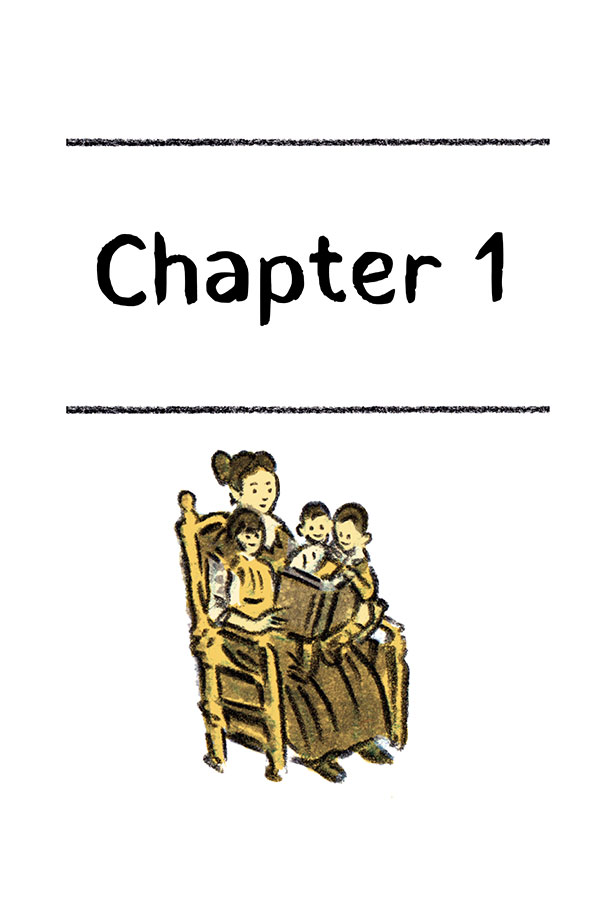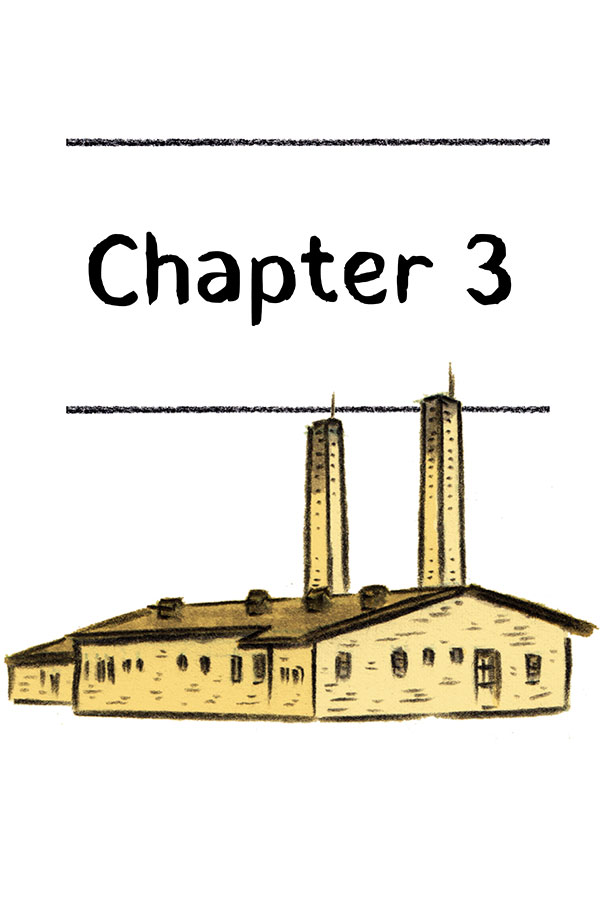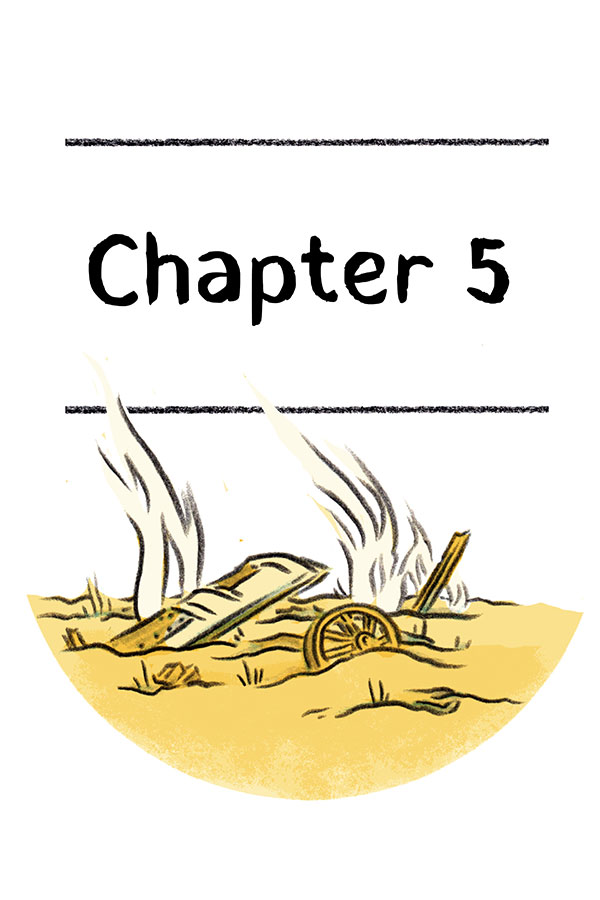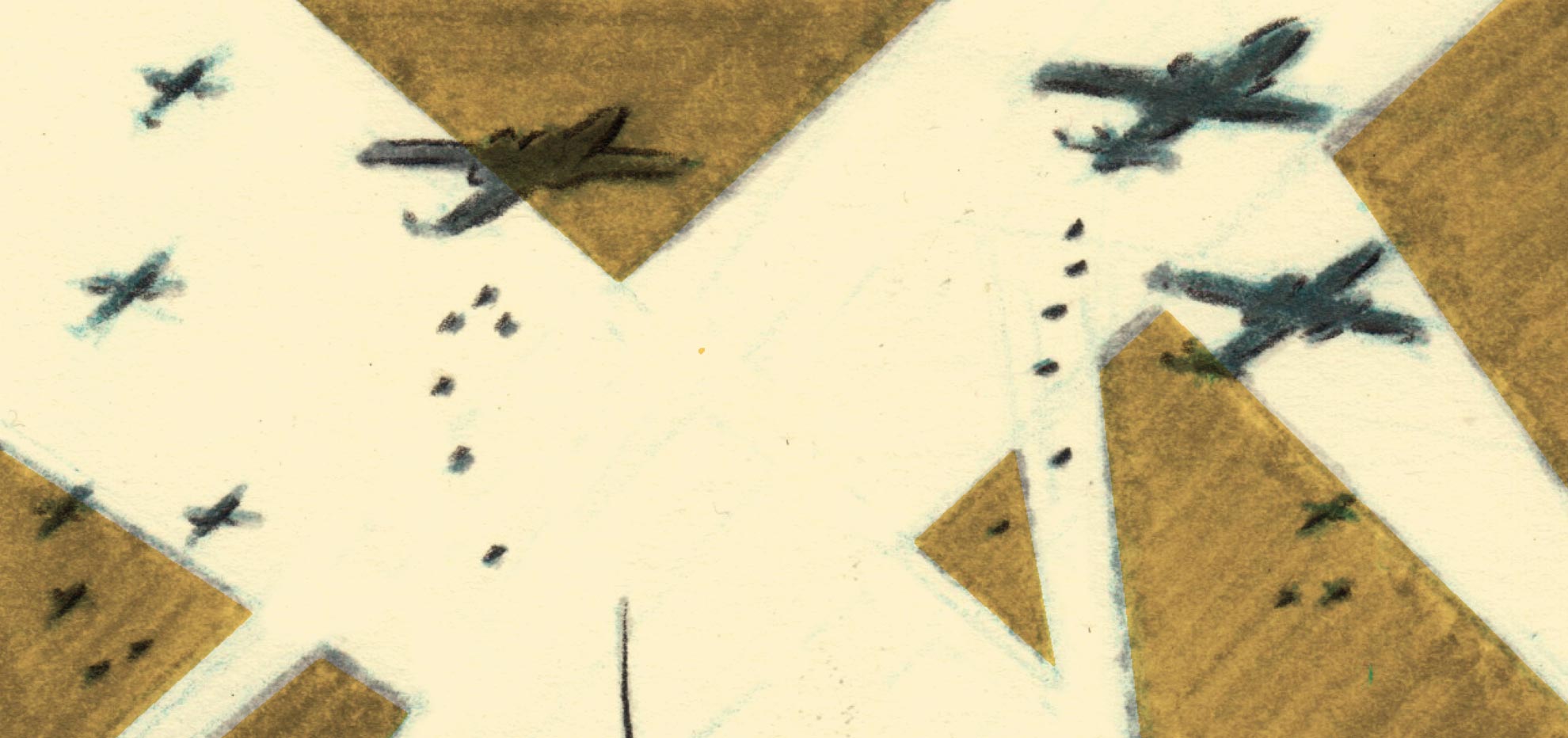

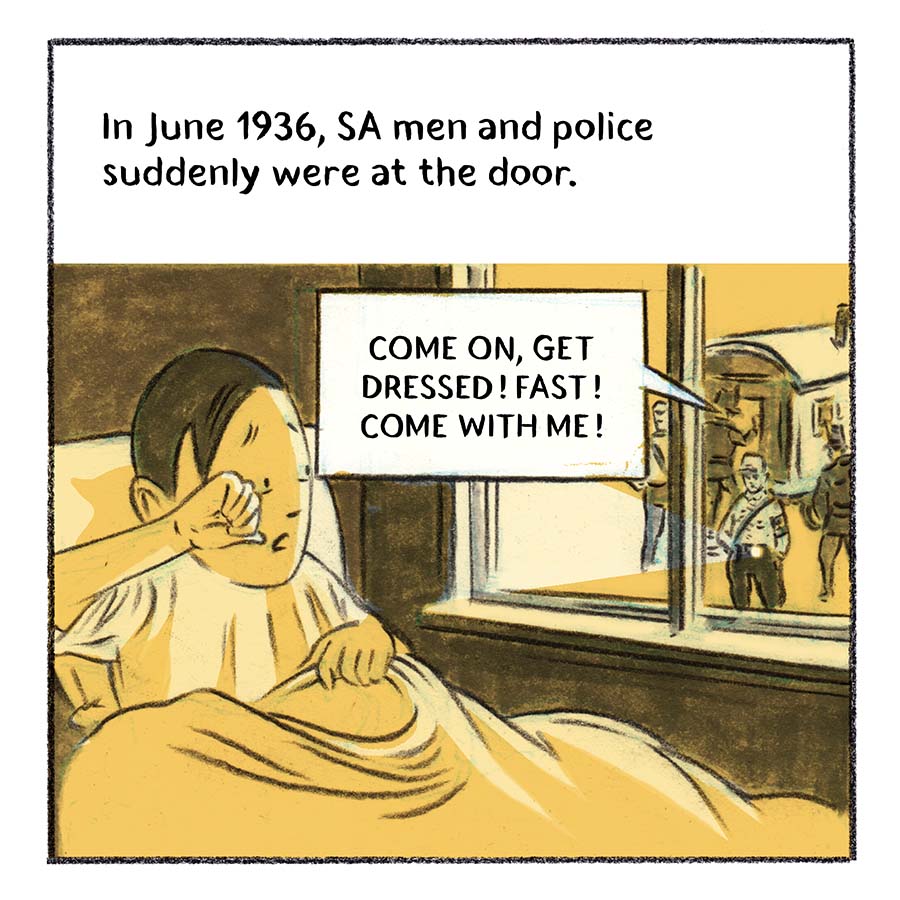

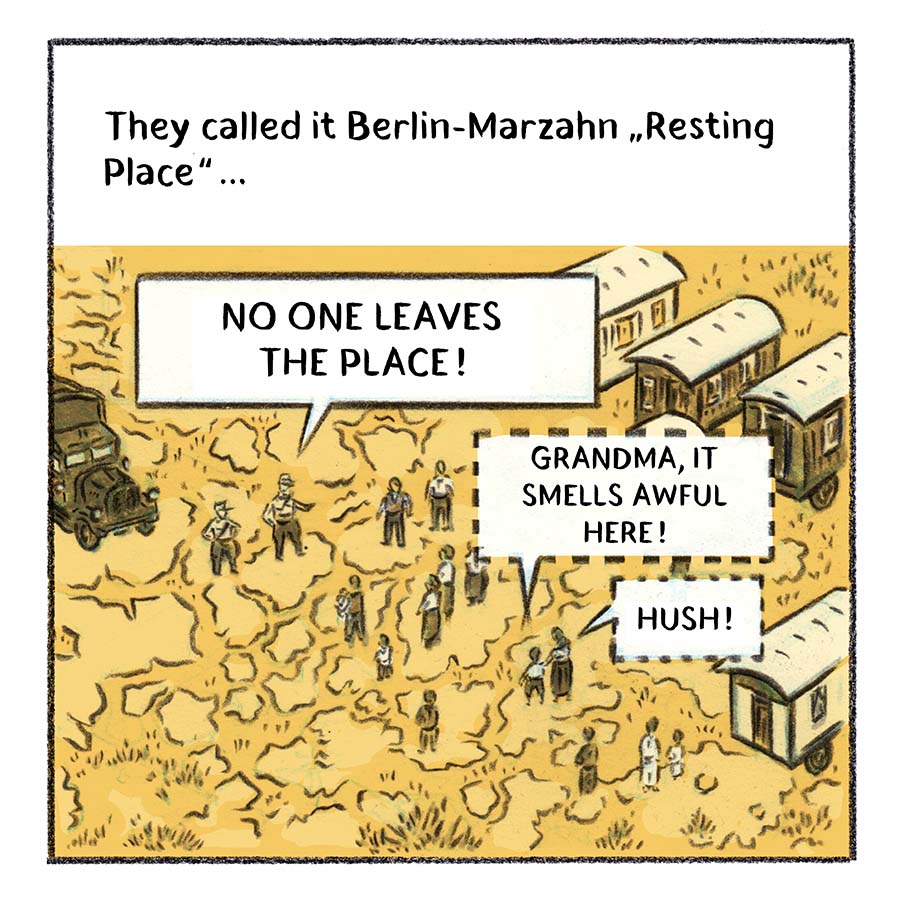
As early as 1934, the city of Berlin planned to set up a camp for the forceful relocation of Sinti and Roma. Just before the 1936 Olympic Games in Berlin, this plan was finally implemented, justifying it with the need to put an end to "the gypsy and beggar nuisance". Acting on orders for a "Gypsy Clean-up Day" (Landfahndungstag nach Zigeunern), Berlin police units arrested over 600 Sinti and Roma on 16 July 1936 and took them to the so-called "Marzahn Resting Area" (Rastplatz Marzahn). This is how one of the largest communal forced labor camps for Sinti and Roma arose in the German Reich. The place was surrounded by trickle fields; sanitary conditions were disastrous. People were placed in old caravans. On behalf of the " Research Centre for Racial Hygiene and Population Biology" (Rassenhygienische und bevölkerungsbiologische Forschungsstelle), "racial researchers" such as Robert Ritter and Eva Justin examined the Sinti and Roma living there and produced pseudo-scientific "expert reports" used as the basis for decisions about their forced sterilisation and murder. From Marzahn, Sinti and Roma were deported to concentration camps.
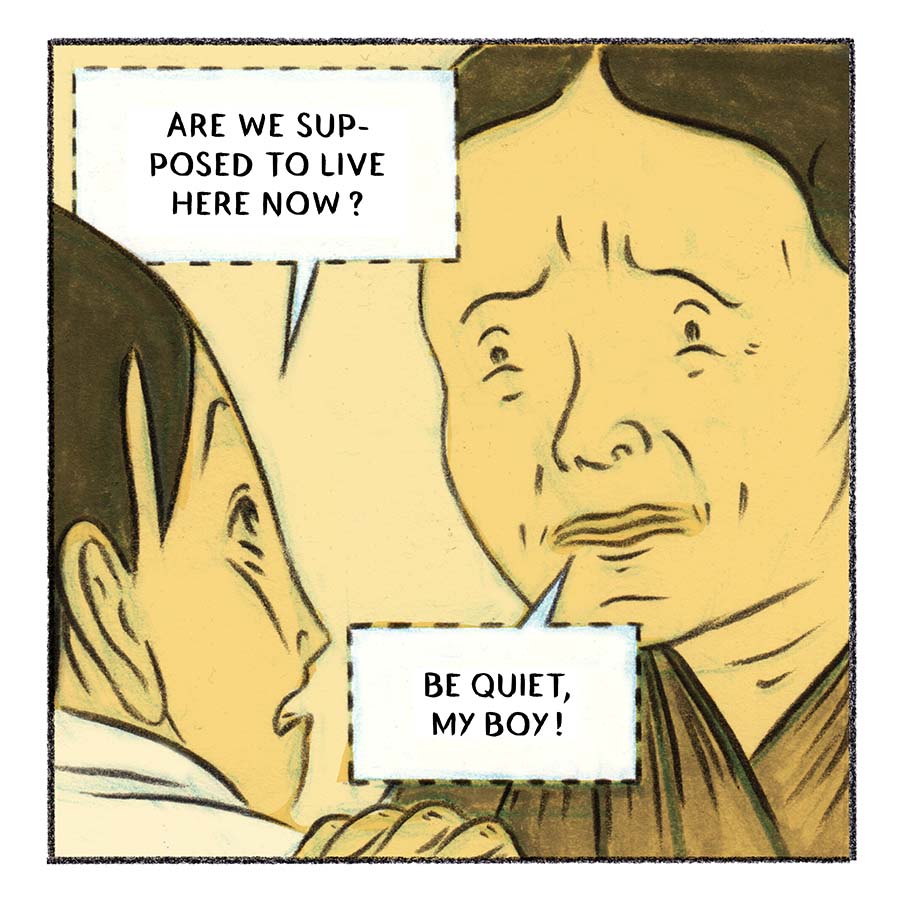

The Nuremberg Laws were passed on 15 September 1935 at the Nazi Party Rally in Nuremberg and further intensified the persecution of Jews in the Nazi state. The "Reich Citizenship Law" (Reichsbürgergesetz) distinguished between subjects of the State (Staatsangehörige) and citizens of the Reich (Reichsbürger). From then on, Jews were only subjects of the State with limited political rights. The first Regulation to the "Reich Citizenship Law" defined who was considered "fully Jewish by race" (Volljude) and who was a "person of mixed Jewish blood" (Mischling) of the first or second degree. This classification was crucial when Jews began to be deported from Germany from autumn 1941 onwards. The "Law for the Protection of German Blood and German Honour" (Gesetz zum Schutze des deutschen Blutes und der deutschen Ehre) banned marriage and sexual intercourse between Jews and non-Jews and established the criminal offence of "racial defilement" (Rassenschande). The provisions of the Nuremberg Laws were also applied to Sinti and Roma. According to the "Blood Protection Law" they could, for example, be denied the right to marry. As second-class citizens, they were also deprived of the right to vote. As of June 1939, the Nuremberg Laws were also applied in the Protectorate of Bohemia and Moravia. They were permanently in force during the Second World War and were only repealed by the Allied Control Council after liberation from National Socialism.
The Nuremberg Laws of 1935
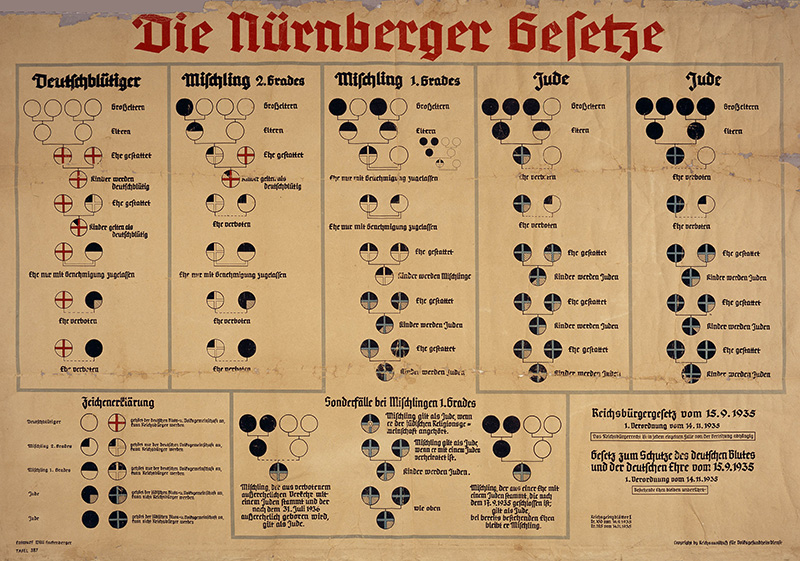
© United States Holocaust Memorial Museum Collection, 1935
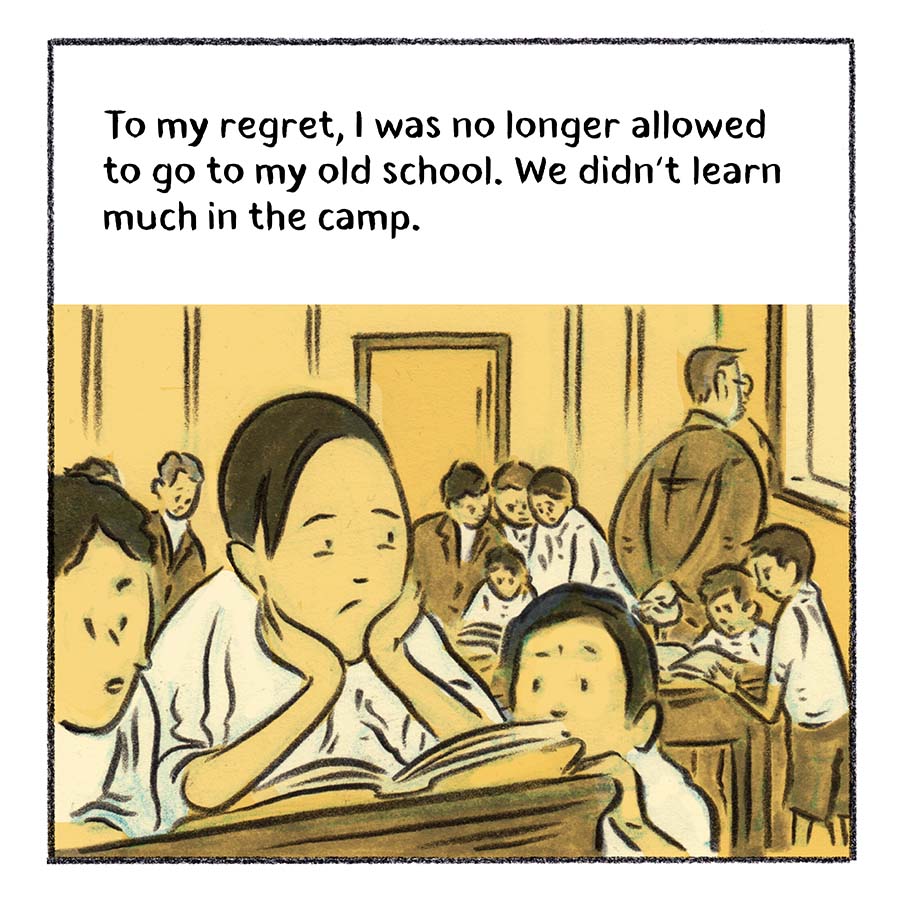
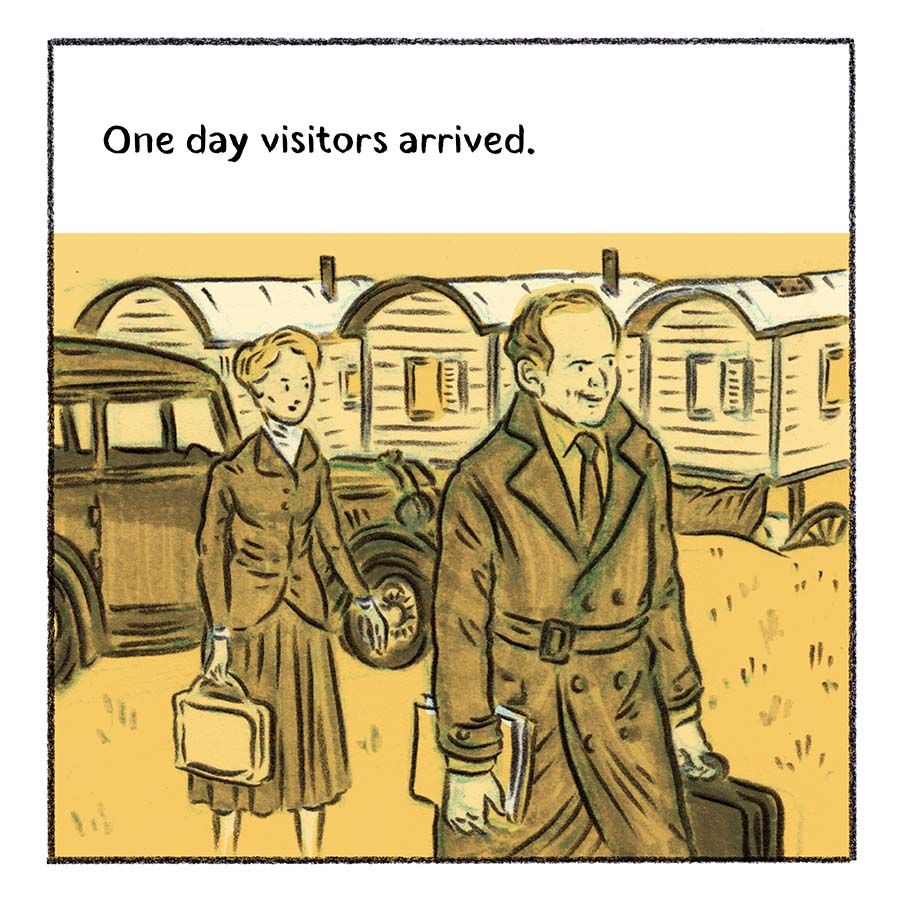
When Reichsführer-SS Heinrich Himmler was appointed Chief of the German Police in the Reich Ministry of the Interior in 1936, he established the Reich Central Office for Combating the Gypsy Nuisance (Reichszentrale zur Bekämpfung des Zigeunerunwesens). It was instrumental in the mass murder of the Sinti and Roma during the Nazi regime. In direct cooperation with the Reich Criminal Police Office (Reichskriminalpolizeiamt) and the Research Centre for Racial Hygiene (Rassenhygienische Forschungsstelle), Himmler announced the "final solution of the Gypsy question [...] in the light of the inner characteristics of that race" in the Circular "Combating the Gypsy Nuisance" (Runderlass zur „Bekämpfung der Zigeunerplage) on 8 December 1938. The circular included instructions to the local police stations to register all persons who were known to be gypsies or gypsies of mixed race (Zigeunermischlinge) and all "vagabonds living a Gypsy-like existence". In addition, it obliged all such persons to undergo a racial biological examination under the supervision of an expert at the Racial Hygiene Examination Centre (Rassenhygienische Untersuchungsstelle).
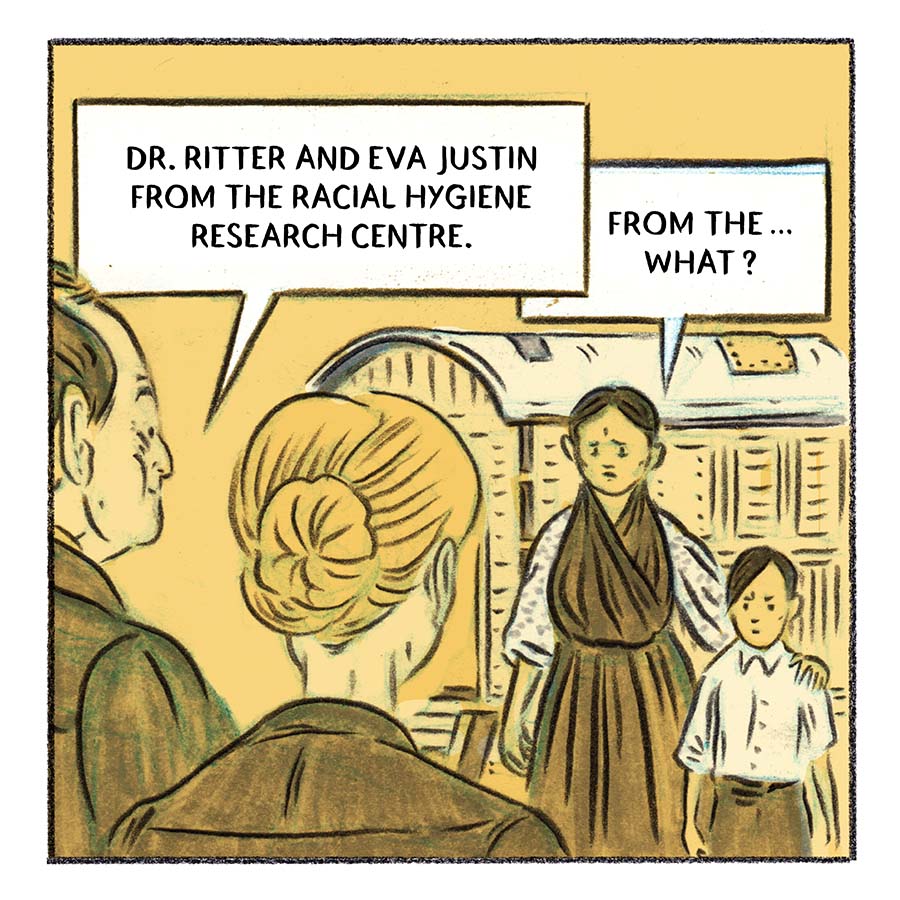
Robert Ritter, born in Aachen in 1901, was a National Socialist racial theorist. Today he is regarded as the mastermind and architect of the Nazi genocide of the Sinti and Roma. He studied psychology, philosophy, psychiatry and pedagogy and specialised in hereditary biology early on. In 1936, Ritter was appointed head of the "Racial Hygiene and Population Biology Research Centre within the Reich Health Office" (Rassenhygienische und bevölkerungsbiologische Forschungsstelle im Reichsgesundheitsamt), that classified around 30,000 people as either "full-blooded Gypsies", "mixed-race Gypsies" or "non-Gypsies" until 1945. Ritter carried out pseudoscientific studies on Sinti and Roma. His "expert opinions" were later used as the basis for the deportation of Sinti and Roma to concentration camps. Ritter carried out pseudo-scientific examinations on Sinti and Roma. His "expert opinions" were later used as the basis for the deportation of Sinti and Romany to concentration camps. From 1941 onwards, Ritter also headed the "Forensic Biological Institute of the Security Police within the Reich Security Main Office" (Kriminalbiologisches Institut der Sicherheitspolizei im Reichssicherheitshauptamt), which was in charge of the assessment, deportation and forced sterilisation of young people in the Moringen and Uckermark juvenile concentration camps. After the war, Ritter was only classified as a "follower" (Mitläufer). In 1947, he became medical director of the Mental Health Welfare Office (Fürsorgestelle für Gemüts- und Nervenkranke) and the Youth Psychiatry Division at the Frankfurt/Main Local Health Authority; in 1948, he was promoted to Chief Medical Councillor. Investigations against him were discontinued in 1950. He died one year later. A scientific reassessment and critical media coverage of Ritter's responsibility in the Nazi regime did not take place until 1980.
Robert Ritter (r.) reads in a file folder.
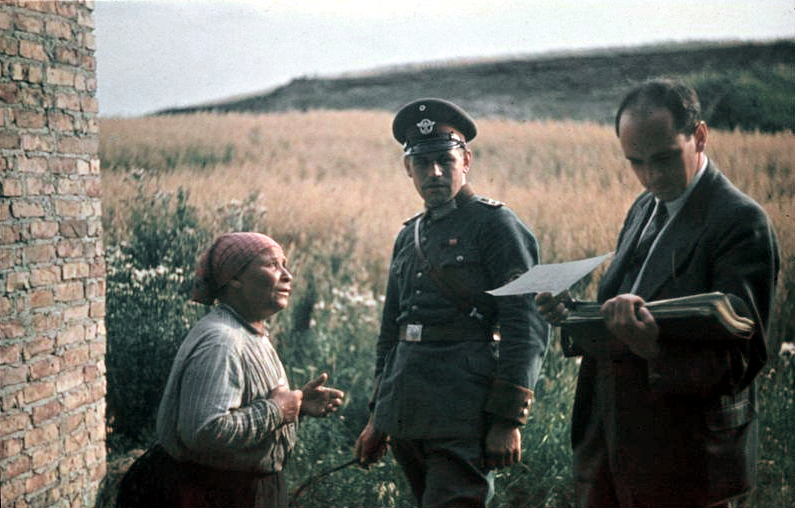 Bundesarchiv, R 165 Bild-244-71 / CC-BY-SA 3.0
Bundesarchiv, R 165 Bild-244-71 / CC-BY-SA 3.0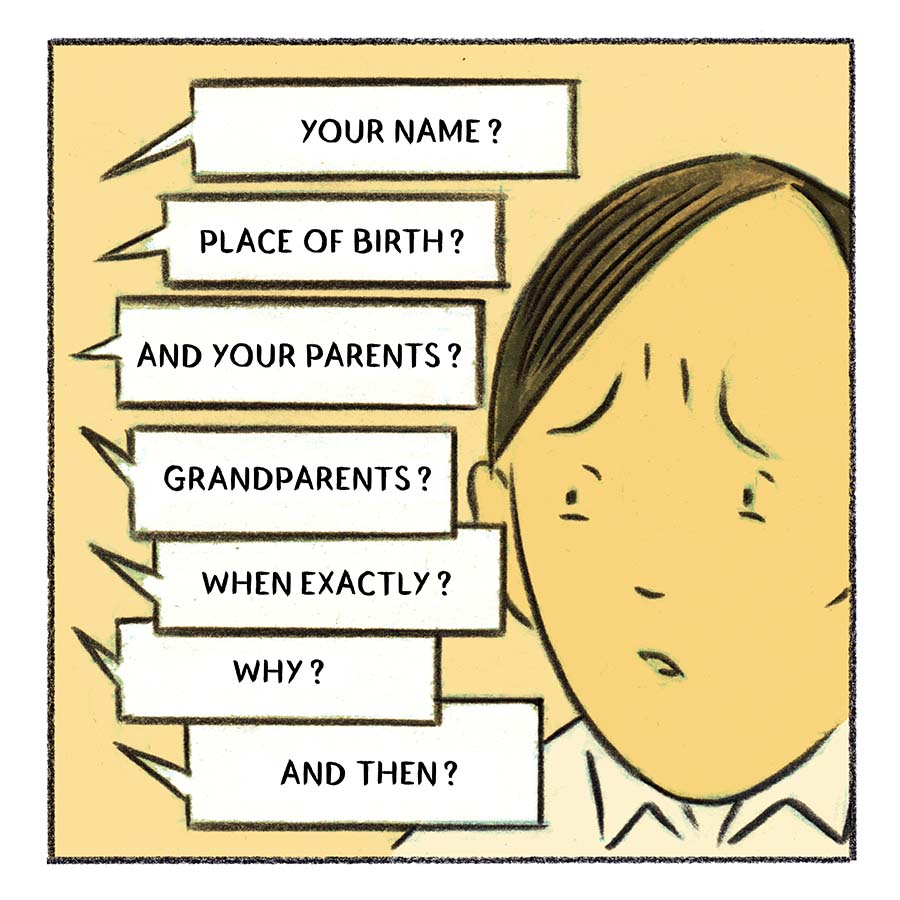
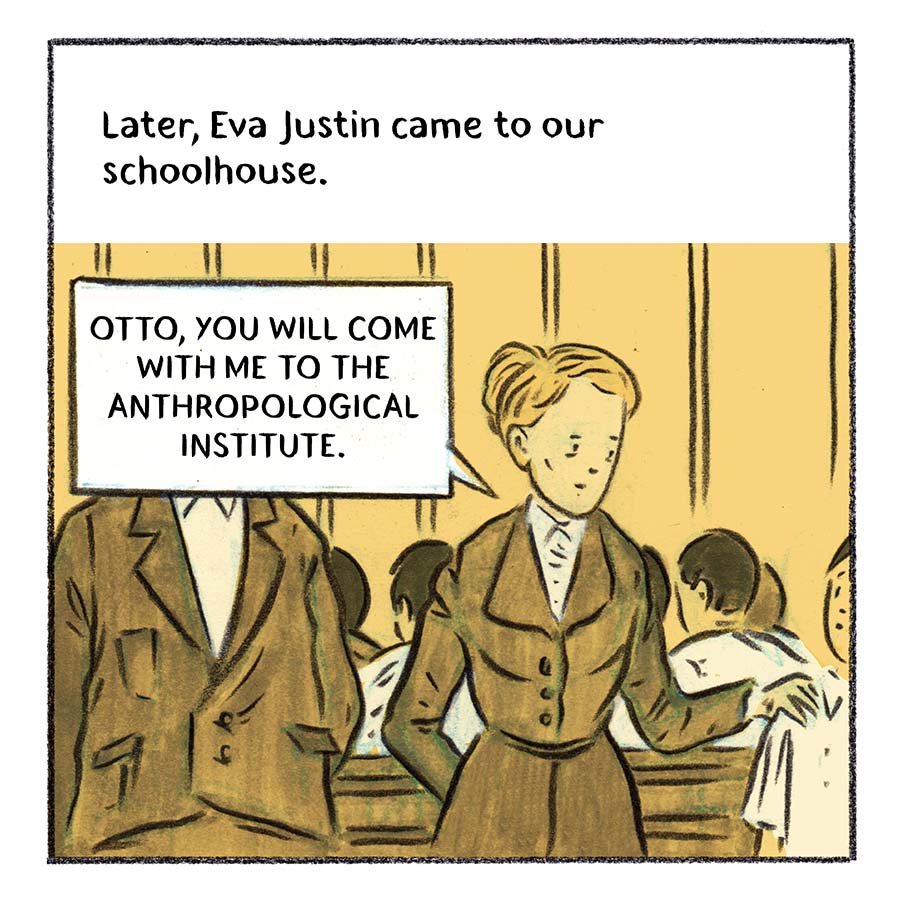
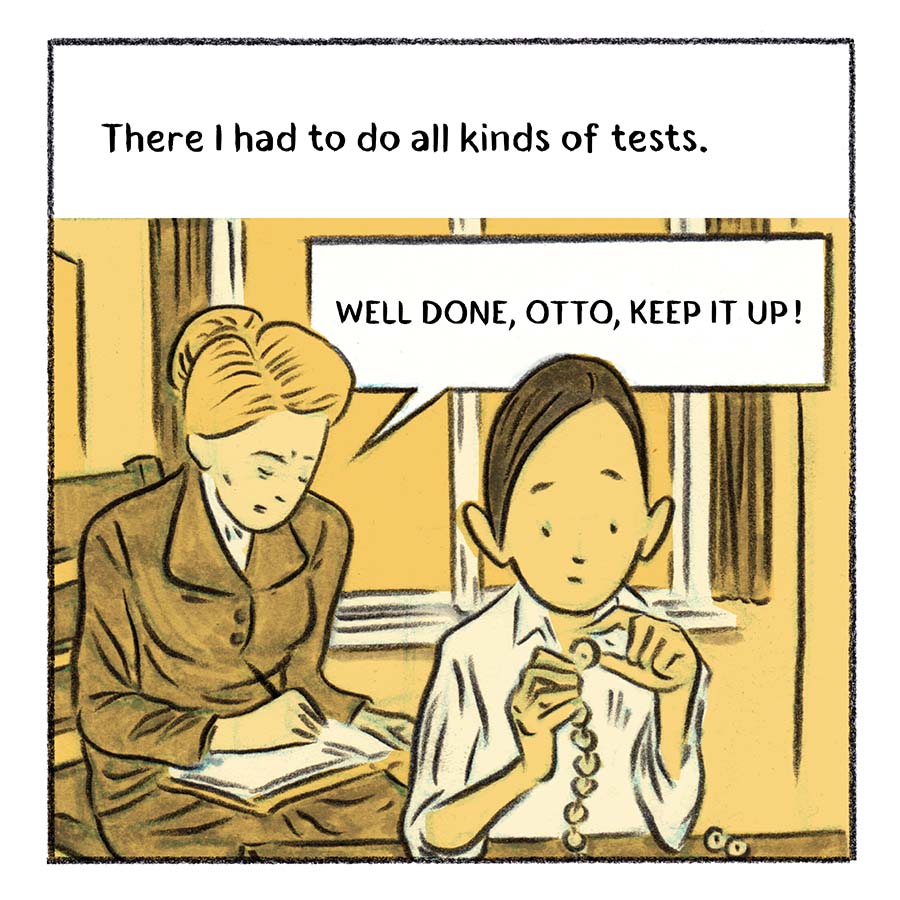
At the initiative of Arthur Gütts, head of the Public Health Department in the Reich Ministry of the Interior, the Racial Hygiene and Population Biology Research Centre within the Reich Health Office (Rassenhygienische und bevölkerungsbiologische Forschungsstelle des Reichsgesundheitsamtes - RHF) was founded in 1936. "Race researcher" Robert Ritter was appointed head of the RHF in spring 1936. The pseudoscientific "racial assessments" of around 30,000 Sinti and Roma by the RHF staff prepared the ground for the forced sterilisation, deportation and ultimate murder of numerous Sinti and Roma. People who refused to cooperate were forcibly subjected to an assessment. After the war, none of the RHF employees were brought to justice for their activities.
Eva Justin of the Racial and Population Biology Research Centre within the Reich Health Office measures the head of a young Sinto.
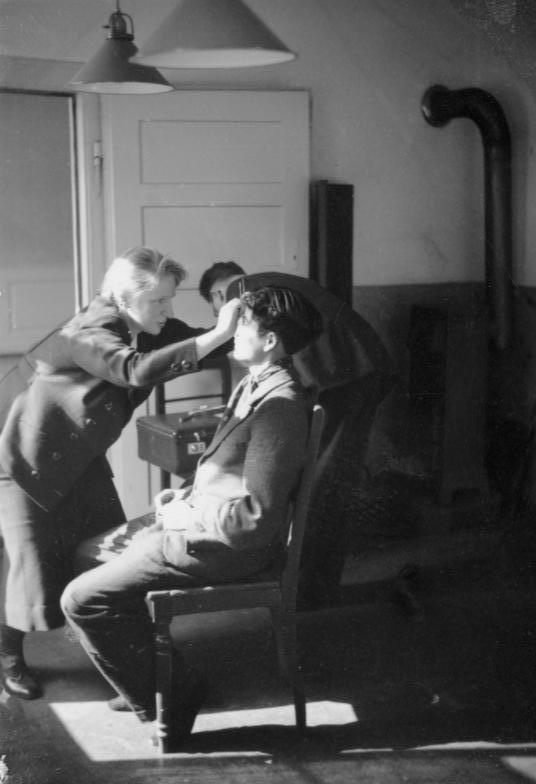
Bundesarchiv, Bild 146-1989-110-31 / CC-BY-SA 3.0
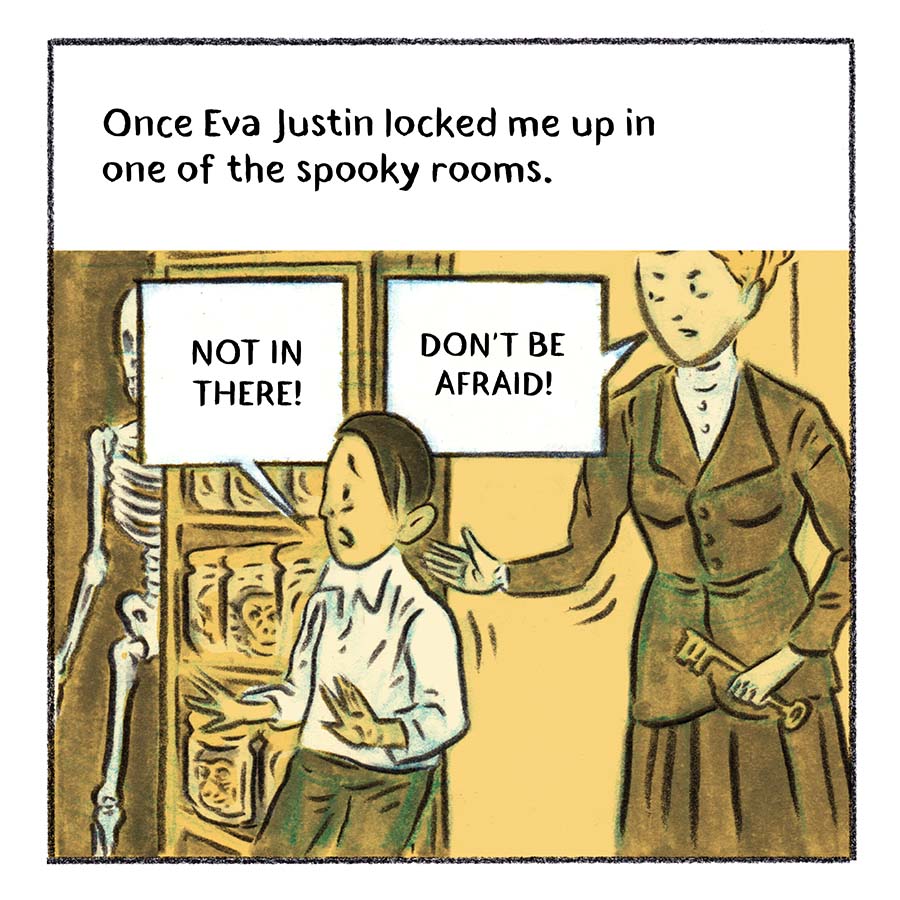
Eva Justin was born in Dresden in 1909. She met Robert Ritter in 1934 at a course for nurses. When Ritter was appointed head of the RHF in 1936, Justin became his closest colleague and confidante. Together they conducted countless racist experiments on Sinti and Roma, laying a pseudo-scientific foundation for the forced sterilisation and deportation of Sinti and Roma. Thanks to influential mentors, she was awarded a doctorate in 1943 for a thesis on the "Biographical destinies of Gypsy children and their offspring who were educated in a manner inappropriate for their species" (Lebensschicksale artfremd erzogener Zigeunerkinder und ihrer Nachkommen) although she did not have a university degree. Justin was not prosecuted after the war for the fateful consequences of her pseudoscientific work as an expert in the forced labour camp Berlin-Marzahn or in the juvenile concentration camps. Like Robert Ritter, Eva Justin worked for the Frankfurt/Main Local Health Authority until her death in 1966.
Eva Justin during the measurement of a skull
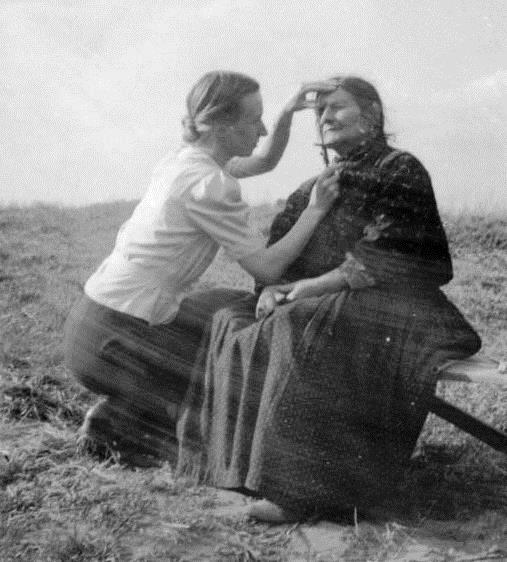
Bundesarchiv, Bild 146-1986-044-08 / Unknown / CC-BY-SA 3.0
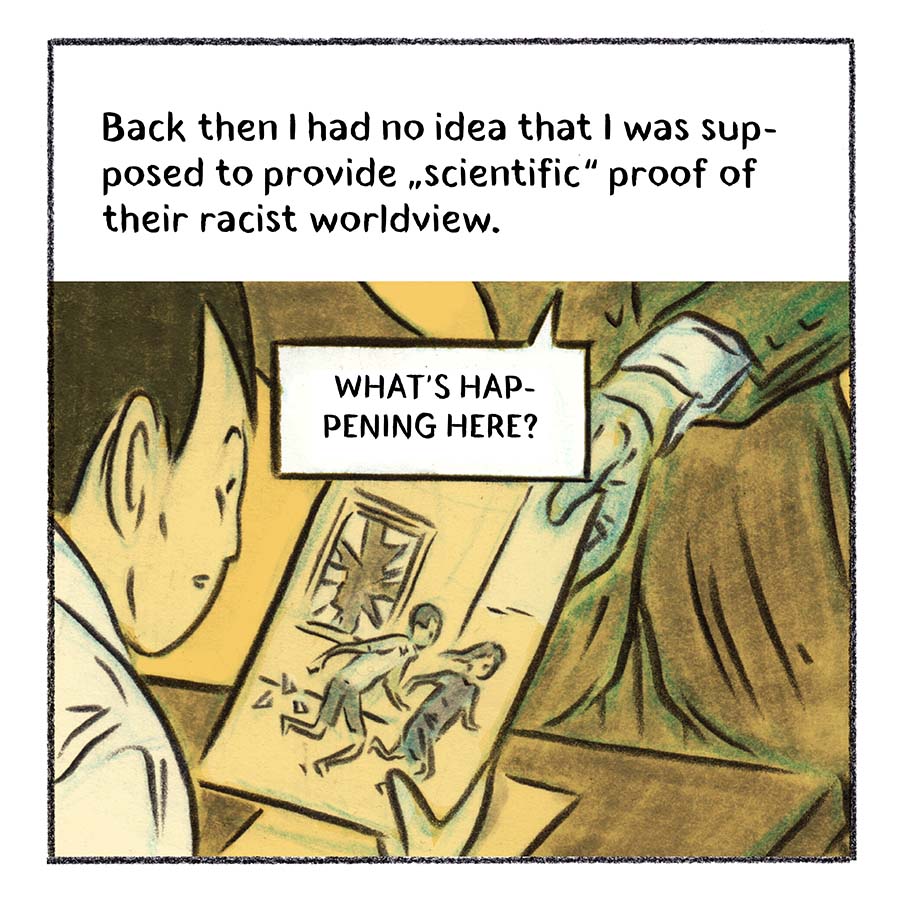
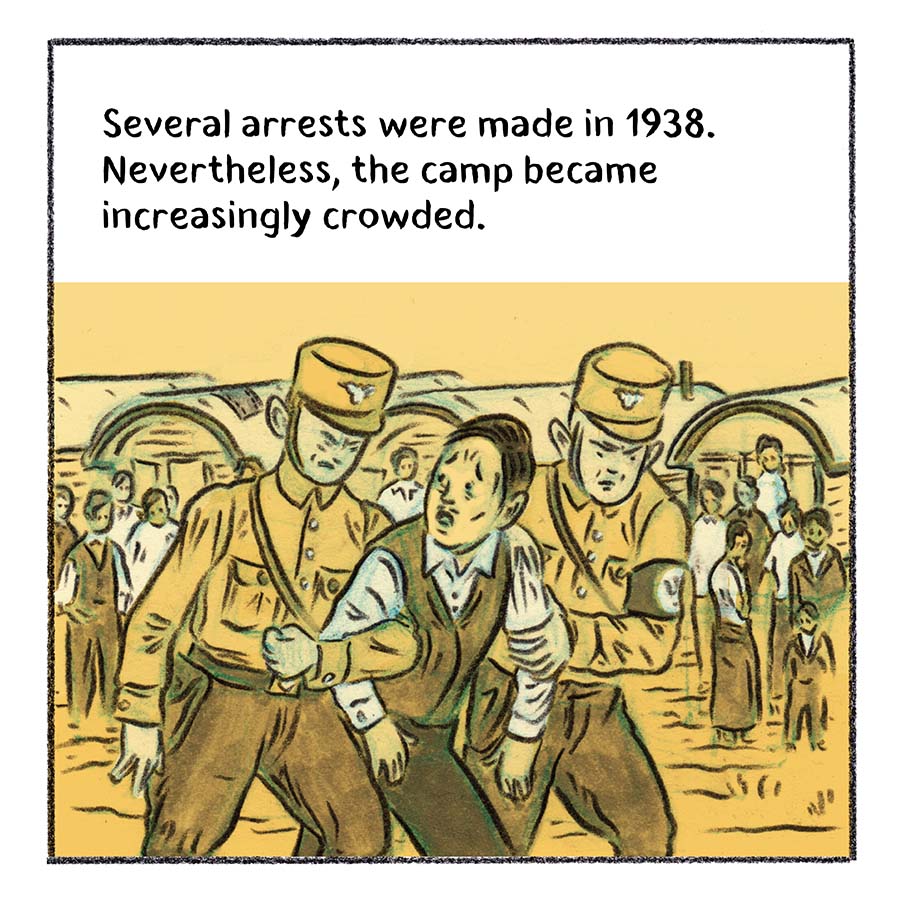
In April and June 1938, about 10,000 men - Jews, Sinti and Roma, beggars, homeless people, prostitutes or alcoholics - were arrested and deported to concentration camps as part of the "Work-shy Reich" campaign. There they had to wear a black triangle designating them as "asocials". The basis for this campaign was the "Decree on Preventive Crime Control by the Police" (Erlass über die Vorbeugende Verbrechensbekämpfung durch die Polizei) issued by the Reich Minister of the Interior on 14 December 1937, which intensified the already existing discrimination and stigmatisation of Sinti and Roma and now also provided for the incarceration of "work-shy individuals", "asocials" and "community aliens" (Gemeinschaftsfremde) in concentration camps.
During the "Arbeitsscheu Reich" campaign, about 6.000 people were deported to the Sachsenhausen concentration camp.
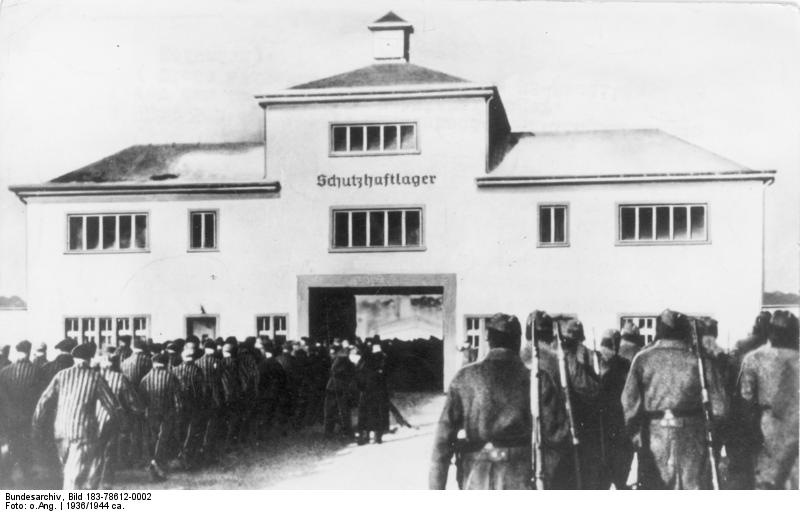
Bundesarchiv, Bild 183-78612-0002 / Autor unbekannt / CC-BY-SA 3.0




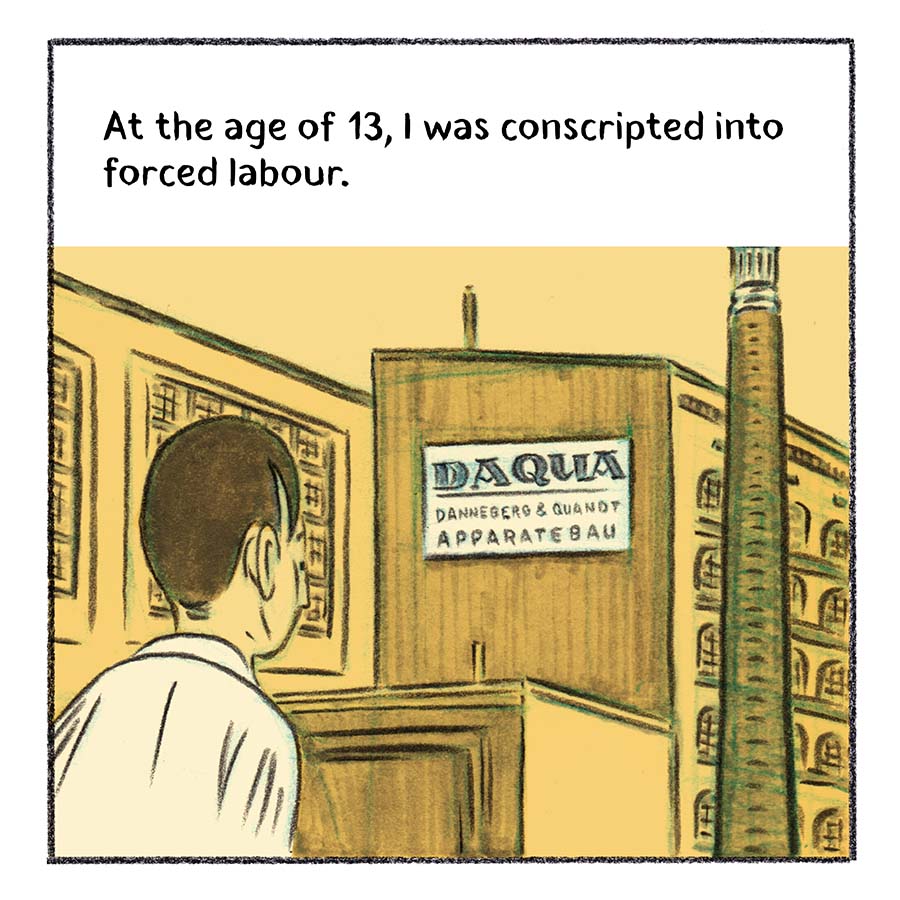

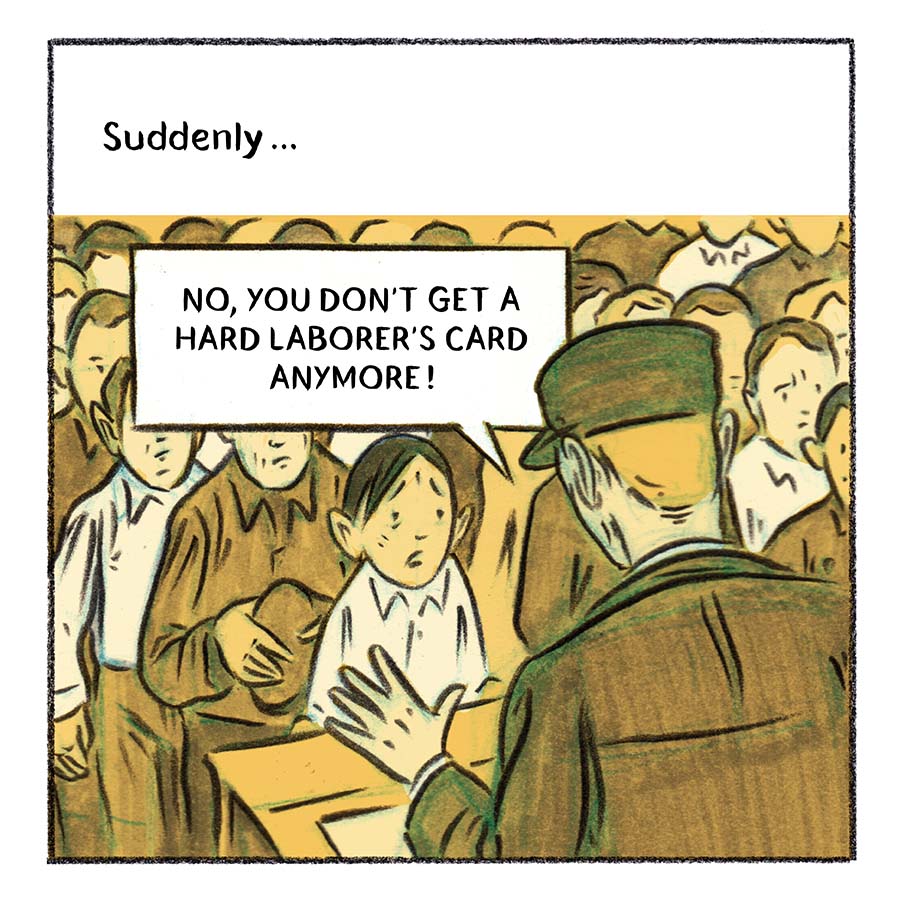
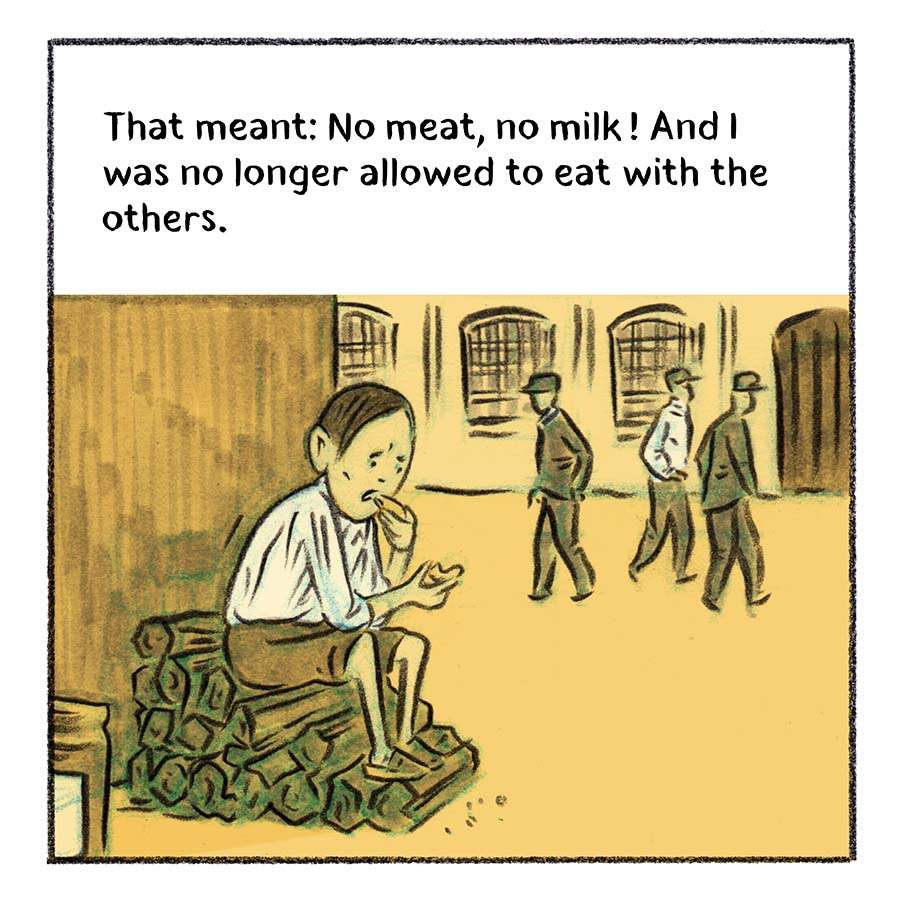
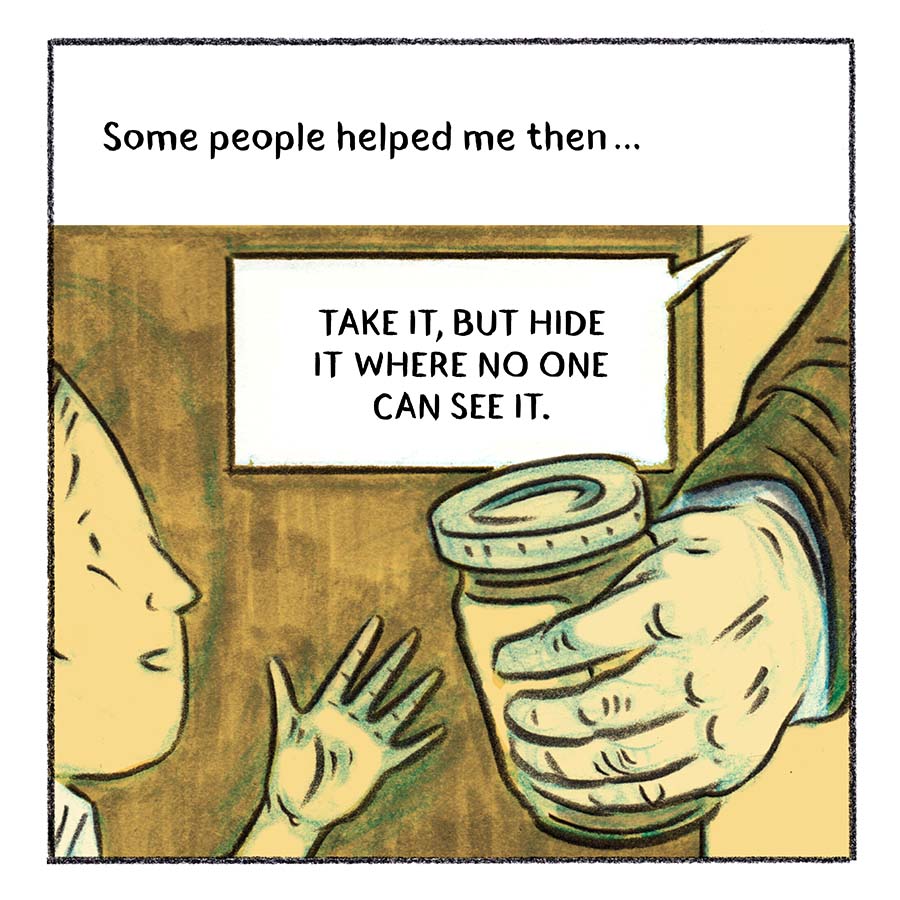


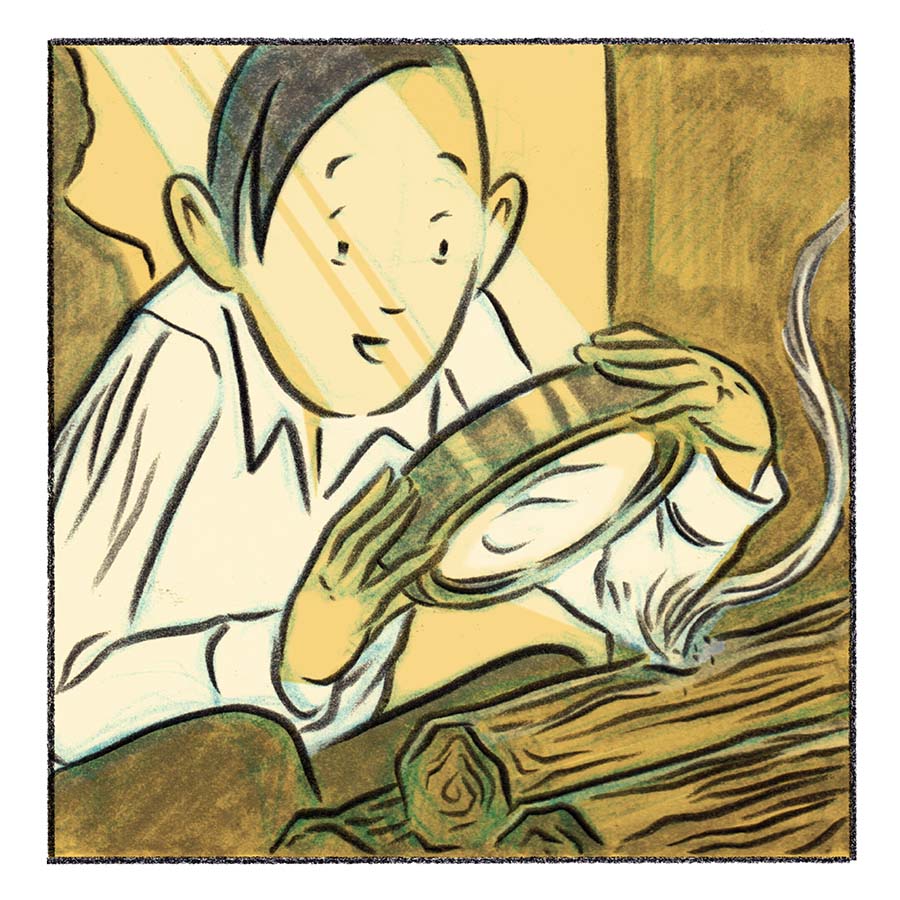

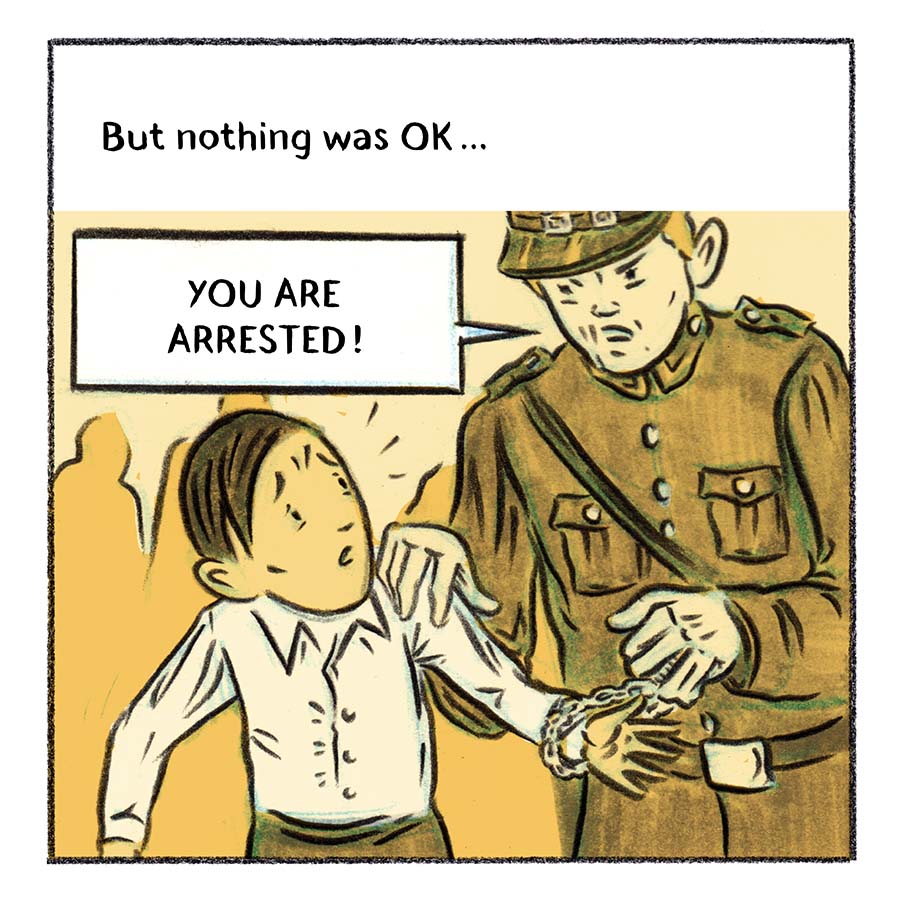
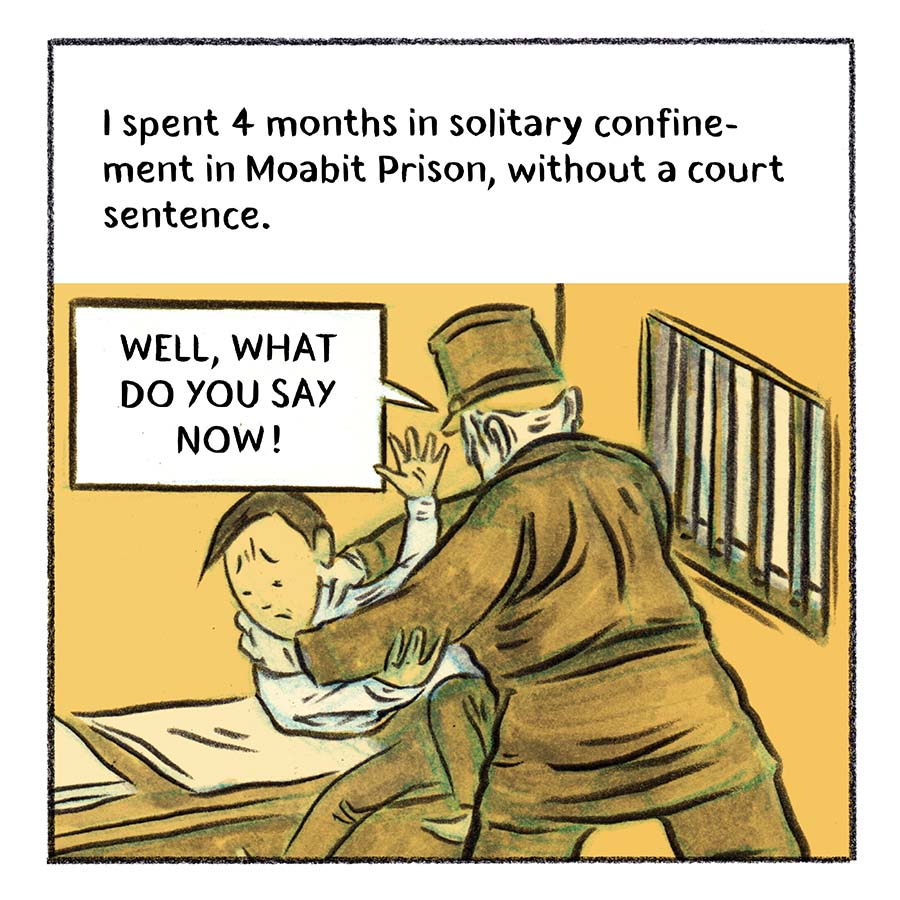
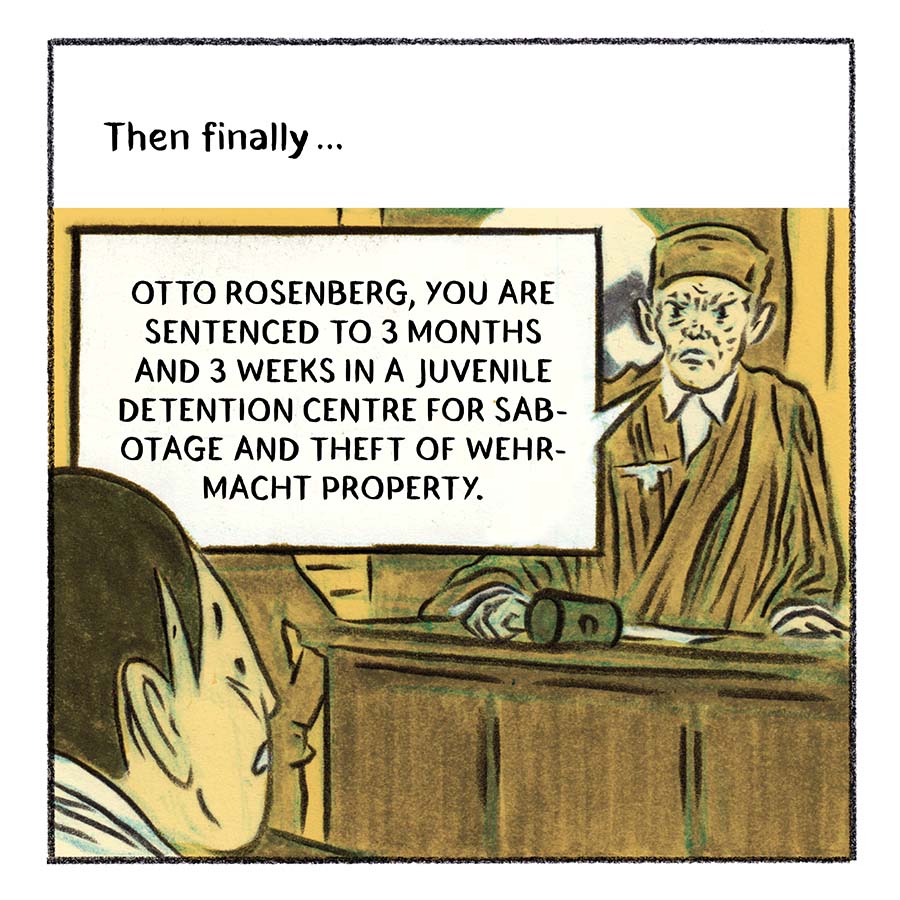
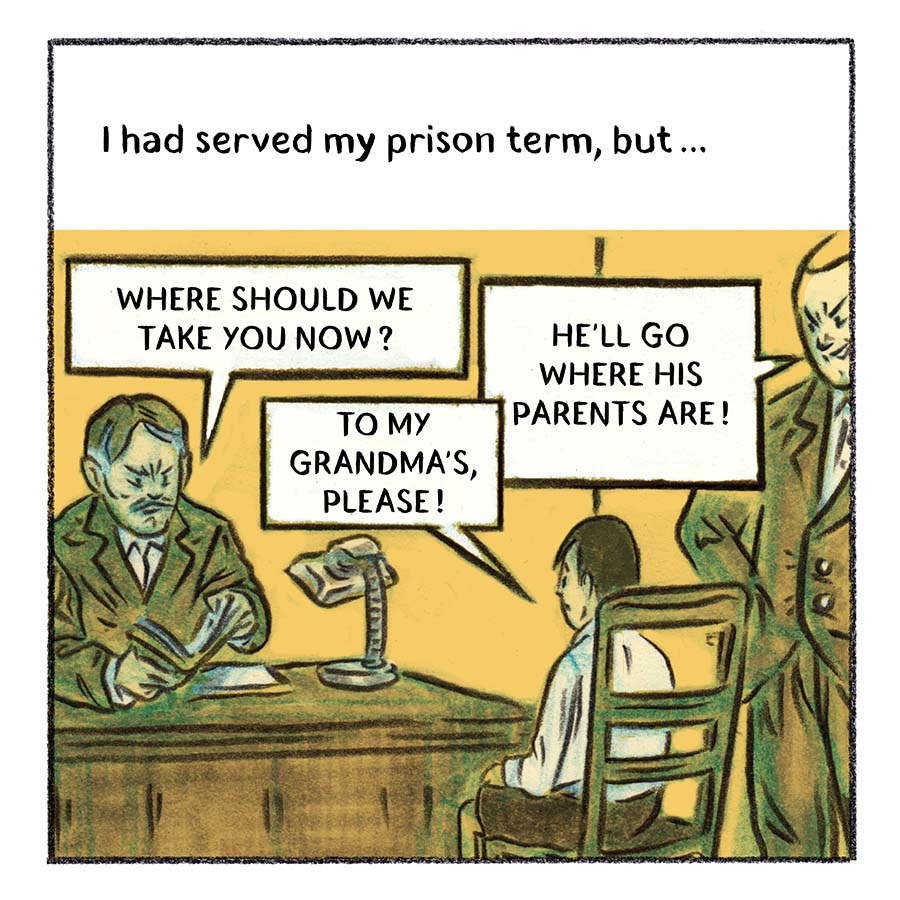
On 20 January 1942, high ranking representatives of the Nazi regime gathered in a villa at Wannsee in Berlin for a conference under the leadership of SS-Obergruppenführer Reinhard Heydrich. On the agenda was the "Final Solution of the Jewish Question" (Endlösung der Judenfrage), i.e. the mass murder of European Jews. The contents of the meeting were documented by Adolf Eichmann, who was the conference minutes taker. By the time of the Wannsee Conference, the murder of the Jews had long been in full swing.
The building of the Wannsee Conference in Berlin
 Free Art Licence
Free Art Licence© A. Savin, 2014
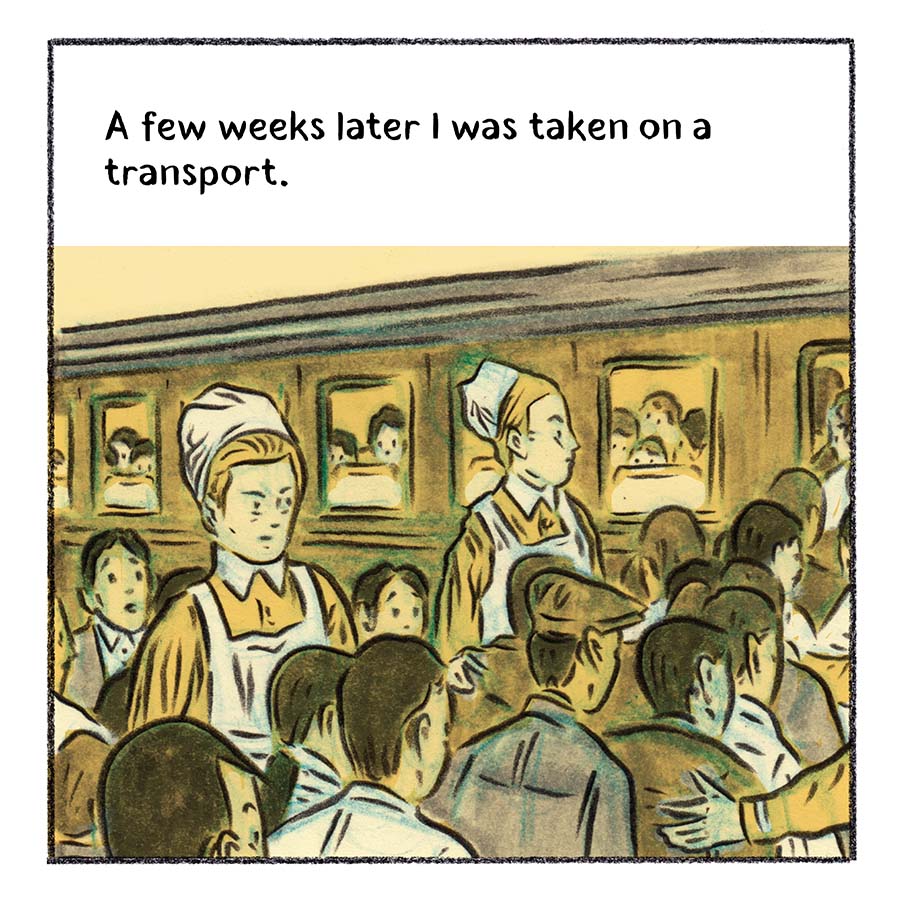
The "Auschwitz Decree", the original text of which has been lost, was issued on 16 December 1942 by Reichsführer-SS Heinrich Himmler, ordering the deportation of Sinti and Roma living in the Reich and the occupied territories to Auschwitz-Birkenau. Criminal investigation departments were instructed to draw up deportation lists. Only those Sinti and Roma who were classified as "pure-blooded" or those who were considered "important to the war effort" were exempt from deportation. By 1944, 12,000 German Sinti and Roma and around 4,500 Sinti and Roma from the Protectorate of Bohemia and Moravia had been deported to Auschwitz-Birkenau. Only about ten percent of all inmates survived incarceration in the "Gypsy camp" in Auschwitz-Birkenau. Sinti and Roma from the detention camp Berlin-Marzahn were first taken to the Police headquarters ("Red Castle") at Alexanderplatz. Then they were put on passenger trains at today's Ostbahnhof and transported to Auschwitz. Only seven of the 186 deportees from the Marzahn detention camp survived.
In protest, Polish prisoner Jan Liwacz forged the "B" upside down without being noticed.
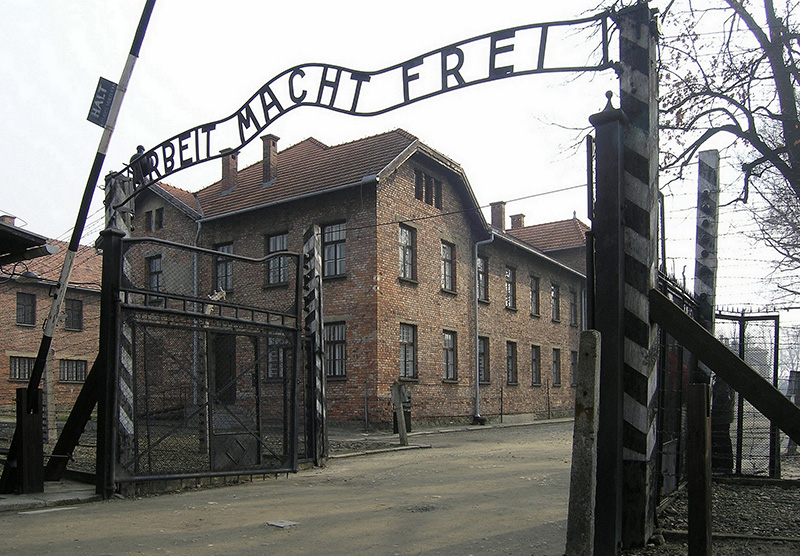
CC-BY-SA 3.0
Urheber © Dnalor_01, Wikimedia Commons
Biography: Heinrich Himmler
Heinrich Himmler was born in Munich in 1900. He joined the NSDAP in 1923 and took part in the Beer Hall Putsch in November. In the 1920s, Himmler, who had a degree in agronomy, held numerous party offices. In 1929 Hitler appointed him Reichsführer SS (Schutzstaffel), which he regarded as an elite organisation. As chief of the Munich Police, he set up the Dachau concentration camp in 1933. In 1934, one year after the National Socialists had come to power, Himmler was placed under Hitler's direct command as Reichsführer SS and was responsible for the concentration camps as "Chief of the German Police" from 1936 onwards. When World War II began, Himmler was appointed "Reich Commissioner for the Consolidation of German Nationhood" (Reichskommissar für die Festigung des deutschen Volkstums)and was thus responsible for the resettlement and Germanisation policy in the occupied territories. He was responsible for organising and carrying out the murder of European Jews and for the exclusion, internment, deportation and killing of Sinti and Roma. In 1943 Himmler was appointed Reich Minister of the Interior, and in July 1944, after the failed assassination attempt on Hitler, he was appointed Commander of the Reserve Army and Chief of Army Equipment (Befehlshaber des Ersatzheeres und Chef der Heeresrüstung). After Himmler had offered partial surrender to the Western Allies, Hitler stripped him of all his offices in April 1945. Himmler attempted to escape under a false name and was captured by British forces without being recognised. He committed suicide on 23 May 1945 in an internment camp near Lüneburg after his identity had been disclosed.
Heinrich Himmler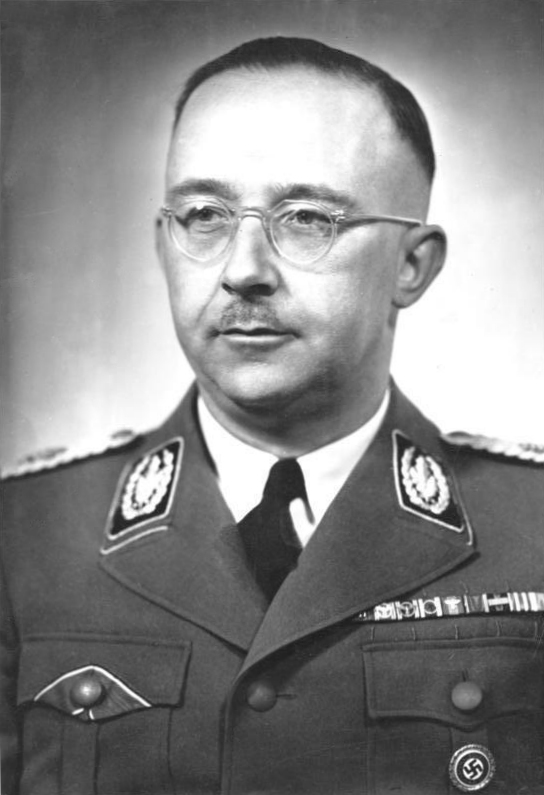
Bundesarchiv, Bild 183-S72707 / CC-BY-SA 3.0
© Friedrich Franz Bauer, 1942






